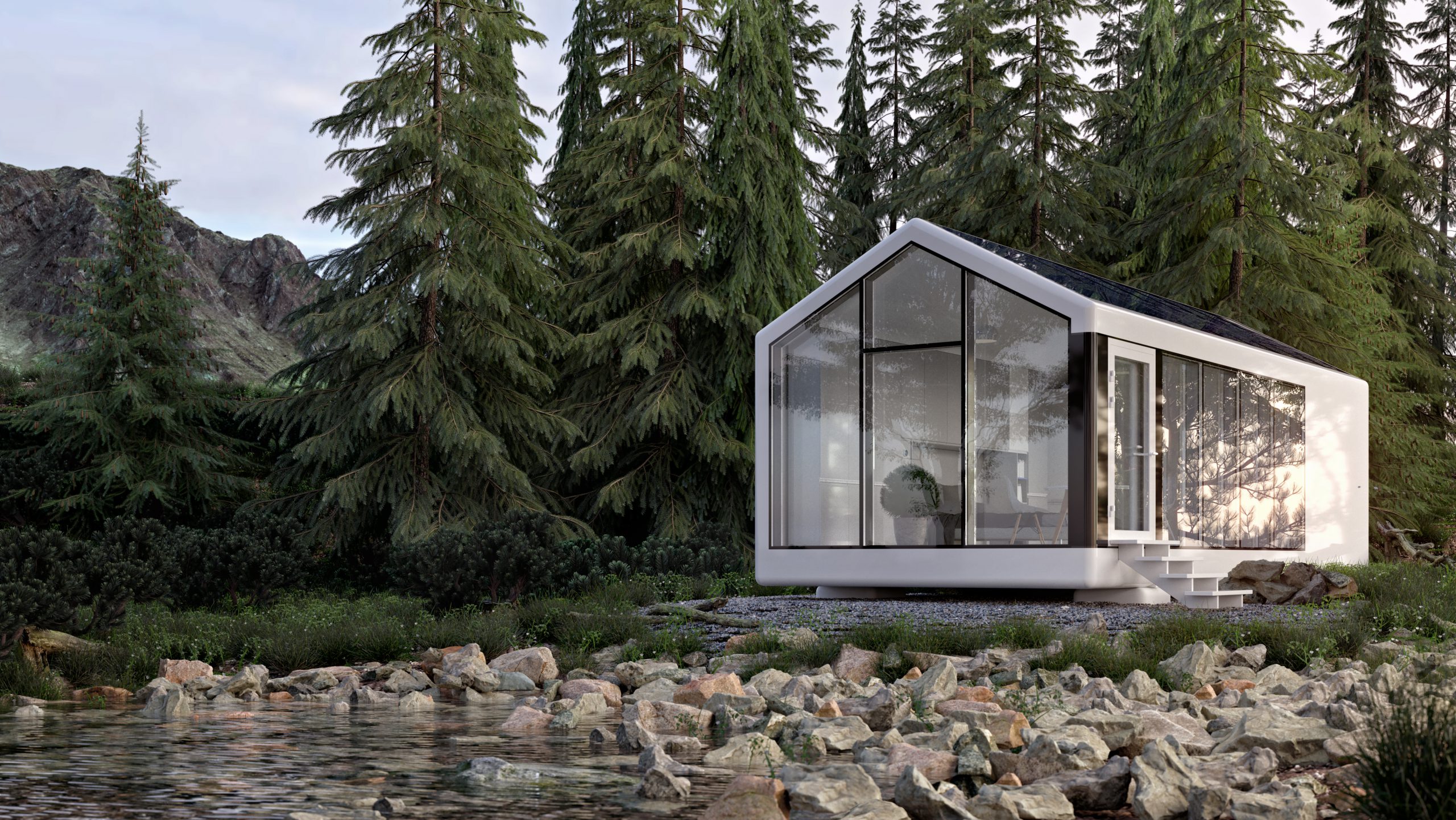Home Building Curiosities: Haus.me
Dear Readers,
As most people who come to some exciting epiphany or seemingly revolutionary idea, William and I thought we were pioneering a path to a sustainable home building future. The Seed was going to be one of a kind: a net zero, passive, prefabricated, small footprint home that provided healthy living for its inhabitants and environment.
Then, we realized that we were not alone.
As we researched, we began to come across a decent amount of small businesses and companies that were already enacting some of our ideas. We admittedly were at first disheartened. Our idea was no longer ground breaking. However, we are slowly overcoming our egos with what we are calling our “Home Building Curiosities.” In these blog editions, we will explore some of the businesses that are already employing a few (or many) of our ideas into homes: passive house, net zero, prefabrication, small footprint, and healthy living. We are using these Home Building Curiosities as an opportunity to support fellow environmentally friendly home builders and to learn: What ideas is this business actively adopting? How are they doing it? How are they overcoming the challenges set before them?
Credit: Haus.me
Our first Home Building Curiosity calls themselves haus.me. Their vision and mission is for “every human to wake up with the view they want wherever that may be in the world” and to “…redefine the way people think of buying a new home and make homeownership a breeze.” 1
They achieve their vision by creating mobile, self-sustaining homes. There are three options of homes to choose from: a 400 square foot home, 800 square foot, and 1600 square foot. Their home buyers can order the home and have it delivered to almost any location. The homes are designed in Europe, engineered in Germany, and manufactured in Reno, Nevada.
So, how did haus.me become a Home Building Curiosity? They do not build passive homes, but their homes are net zero ready and have a fairly small footprint. There are two versions to the homes, a Standard and an Autonomous. Both are built with solar panels and a backup battery. They both also have the capability to be hooked up to the grid, to well or city water, and to city sewage… but if the buyer wants the home to be self sustaining, they can choose for it to be autonomous. Autonomous haus.me has three types of tanks: clear water (comes into the house from well, stream, lake, or even an air-to-water generator), grey water (anything from your sinks or showers), and black water (anything from your toilet). The black water tank has a bioactive sewage purification system. However, much like a camper or RV, the black water tank must be emptied from time to time.
One aspect William and I are curious about is the fact that the homes are essentially 3D printed out of polymer composite- which means they are made out of plastic. While the plastic is not harmful to the inhabitants, as they “only use materials and polymers certified in both the US and Germany,” most plastics are not a renewable resource.2 We would love to see what kind of plastics haus.me is using.
While primarily using plastic, they do manage to achieve an R value of 80 for their homes’ walls! (see Blog 9- “What does R-value mean?”) They also install a Smart Air Purification system into their homes which “features an antibacterial system, HEPA filtration, recuperation, CO2 and humidity control.” The air system is only one of many ‘smart’ programs incorporated into haus.me homes. With the other smart technologies, you could essentially monitor your home remotely, and the home itself has the ability to monitor its own energy consumption and adjust the output accordingly.
The main component William and I are excited about with this company, is the fact that these small, net-zero ready homes are prefabricated. These homes are delivered to the site fully built and equipped! Haus.me claims that, typically, on-site preparation is not required. This means less disturbance to the site the home is placed upon, and its surrounding environment. Haus.me also claims that these homes are “strong enough to be transported many times without damage” and that the homes are “… not permanently affixed to the ground and can be removed.” They do offer additional support units that can be attached to the home and ground. However, with the lack of a traditional dug-in foundation, these homes are not intrusive to the immediate environments they rest in.
Overall, haus.me is an interesting, growing company that William and I are curious to watch progress. The prefabrication of small, net-zero ready homes that can be moved after being placed onsite, is very exciting. We would love to see architectural drawings of their homes as well as energy efficiencies. Even if they are not building passive homes, we are curious to see how the homes’ performances match up to PHIUS and PHI standards.
The curiosities continue… thank you for reading! Stay tuned!
Sincerely,
Shelby Aldrich
1. Haus.me. “Our Mission,” 2019. https://haus.me/mission/. Accessed on 26 Jan. 2020.
2. Haus.me. “FAQ,” 2019. https://haus.me/faq/. Accessed on 26 Jan. 2020.
© 2020 Sustaining Tree
© 2020 Sustaining Tree


0 Comments